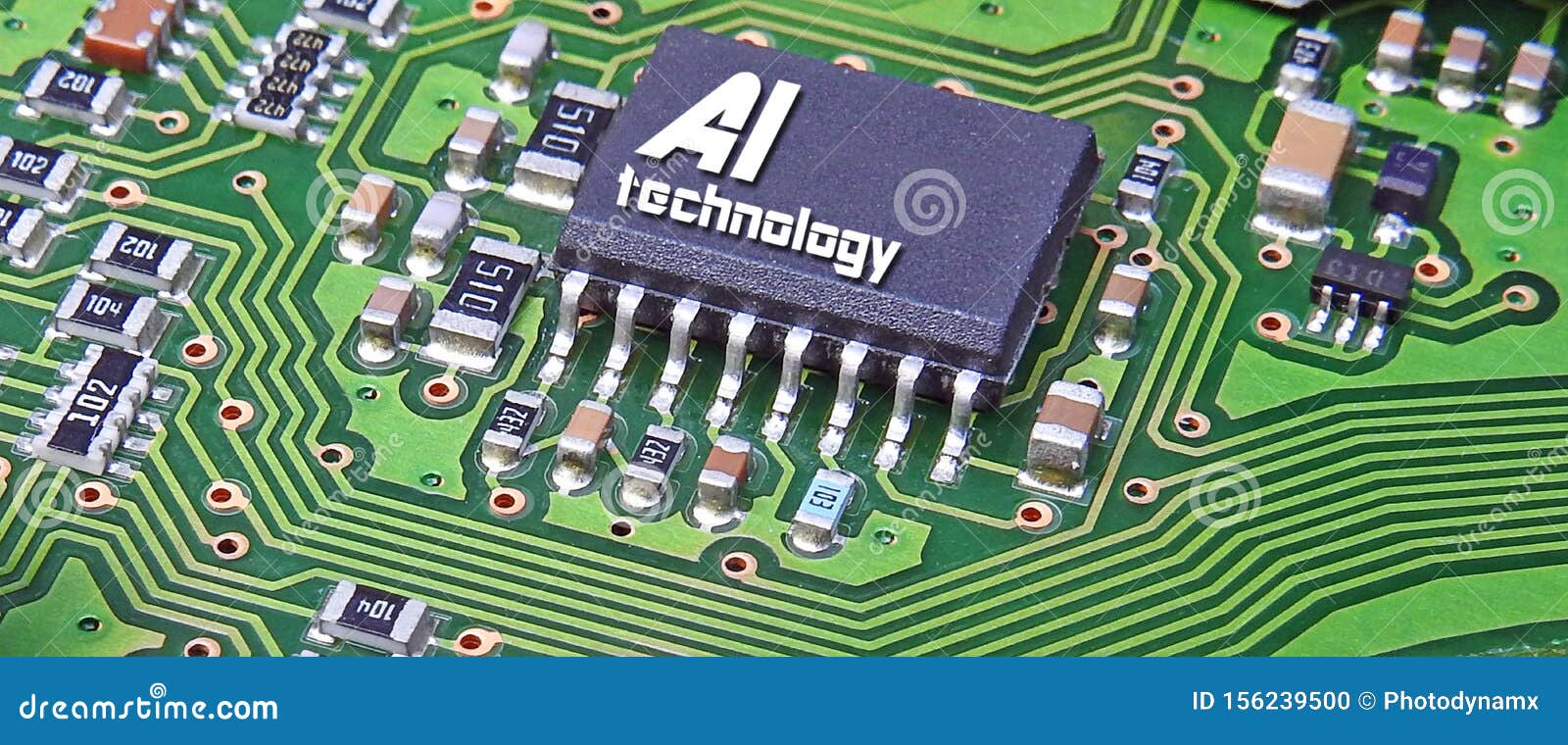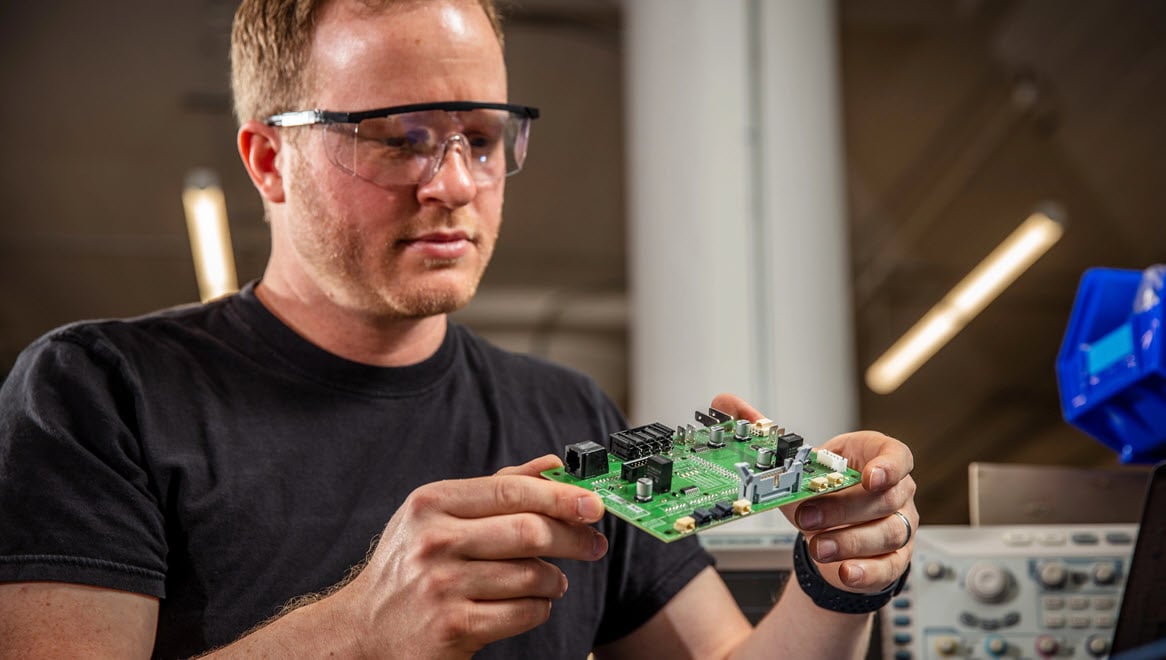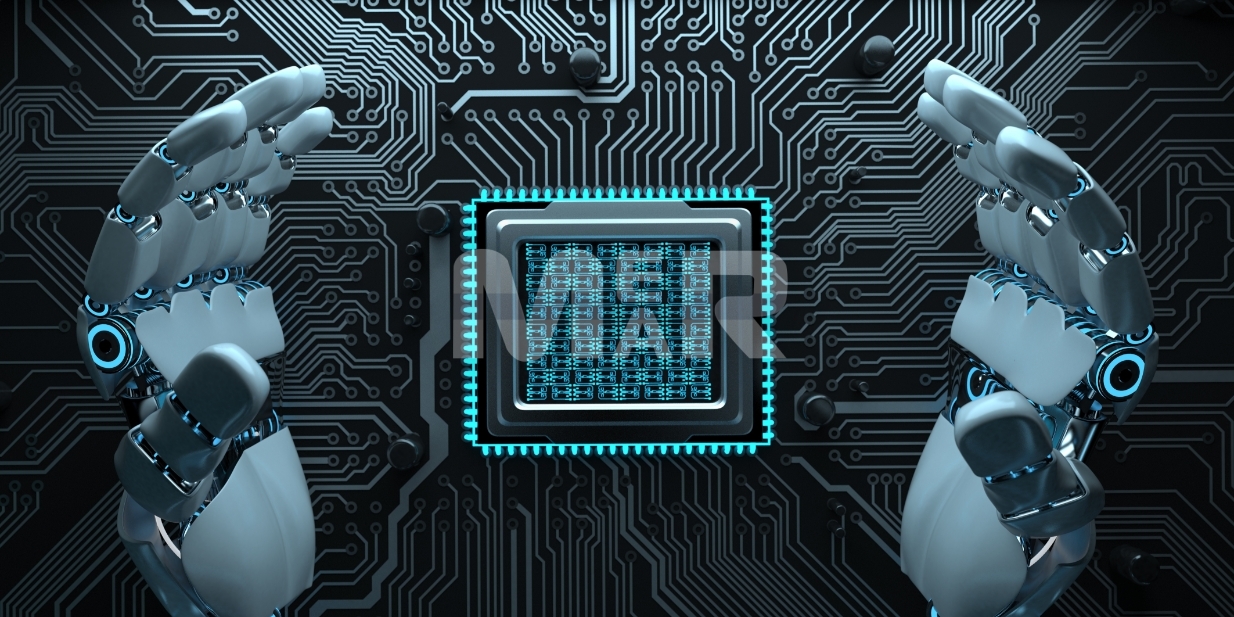Unlocking the Potential of AI in Electronics Design
The electronics industry is on the cusp of a revolution, driven by the integration of artificial intelligence (AI) in PCB design and manufacturing. AI has the potential to transform the industry by improving design efficiency, reducing errors, and enhancing product quality. By leveraging AI algorithms and machine learning techniques, electronics designers and manufacturers can automate complex tasks, optimize workflows, and create innovative products that meet the demands of a rapidly changing market.
One of the primary benefits of AI in PCB design is its ability to analyze vast amounts of data and identify patterns that may not be apparent to human designers. This enables AI-powered design tools to optimize component placement, routing, and layout, resulting in faster design times and improved product performance. Additionally, AI can help reduce errors and defects by simulating real-world scenarios and identifying potential issues before they occur.
AI is also transforming the manufacturing process by enabling real-time monitoring and control of production lines. AI-powered inspection systems can detect defects and anomalies in real-time, allowing manufacturers to take corrective action and improve yield rates. Furthermore, AI can optimize supply chain management by predicting demand, managing inventory, and streamlining logistics.
The integration of AI in PCB design and manufacturing is not without its challenges, however. Electronics designers and manufacturers must invest in new technologies, train personnel, and develop new workflows to take advantage of AI’s potential. Nevertheless, the benefits of AI in electronics design and manufacturing are clear, and companies that adopt AI-powered solutions are likely to gain a competitive edge in the market.
As the electronics industry continues to evolve, it is likely that AI will play an increasingly important role in PCB design and manufacturing. By embracing AI-powered innovation, electronics designers and manufacturers can create new products, improve efficiency, and drive growth in a rapidly changing market.
How to Leverage Machine Learning for Smarter PCB Design
Machine learning is a key component of artificial intelligence for PCB design and manufacturing, enabling designers to create more efficient, effective, and innovative products. By leveraging machine learning algorithms, designers can automate complex tasks, optimize design processes, and improve manufacturability.
One of the primary applications of machine learning in PCB design is component selection. Machine learning algorithms can analyze vast amounts of data on component performance, compatibility, and availability, enabling designers to select the optimal components for their designs. Additionally, machine learning can optimize routing and placement, reducing the risk of errors and improving product quality.
Machine learning can also improve the manufacturability of PCBs by predicting potential manufacturing issues and optimizing production workflows. For example, machine learning algorithms can analyze data on production line efficiency, material usage, and defect rates, enabling manufacturers to identify areas for improvement and optimize their processes.
Several machine learning techniques are particularly well-suited to PCB design, including decision trees, random forests, and neural networks. These techniques can be used to analyze complex data sets, identify patterns, and make predictions about design outcomes. By leveraging these techniques, designers can create more efficient, effective, and innovative products.
For example, a machine learning algorithm can be trained on a dataset of PCB designs and manufacturing data to predict the likelihood of defects or manufacturing issues. This enables designers to identify potential problems early in the design process and make adjustments to optimize manufacturability.
Another example is the use of machine learning to optimize PCB layout. A machine learning algorithm can be trained on a dataset of PCB layouts and performance data to identify the optimal layout for a given design. This enables designers to create more efficient, effective, and innovative products.
The Impact of AI on PCB Manufacturing: A Game-Changer for Industry 4.0
The integration of artificial intelligence (AI) in PCB manufacturing is transforming the industry in profound ways. By leveraging AI-powered technologies, manufacturers can improve yield rates, reduce material waste, and enhance supply chain management. One of the most significant impacts of AI on PCB manufacturing is the ability to detect defects and anomalies in real-time.
AI-powered inspection systems can analyze vast amounts of data from sensors and cameras to identify potential issues on the production line. This enables manufacturers to take corrective action before defects occur, reducing waste and improving overall product quality. Additionally, AI can optimize production workflows by predicting maintenance needs, scheduling production runs, and managing inventory levels.
Another significant impact of AI on PCB manufacturing is the ability to improve supply chain management. AI can analyze data on supplier performance, lead times, and inventory levels to optimize procurement and logistics. This enables manufacturers to reduce costs, improve delivery times, and enhance overall supply chain efficiency.
The use of AI in PCB manufacturing is also driving the adoption of Industry 4.0 technologies, such as the Internet of Things (IoT) and cyber-physical systems. By integrating AI with these technologies, manufacturers can create smart factories that are more efficient, productive, and responsive to changing market conditions.
For example, a PCB manufacturer can use AI-powered sensors to monitor production line performance and detect potential issues before they occur. This enables the manufacturer to take corrective action, reducing downtime and improving overall product quality. Additionally, AI can optimize production workflows by predicting maintenance needs and scheduling production runs.
Overall, the impact of AI on PCB manufacturing is significant, and it has the potential to transform the industry in profound ways. By leveraging AI-powered technologies, manufacturers can improve yield rates, reduce material waste, and enhance supply chain management. As the industry continues to evolve, it is likely that AI will play an increasingly important role in shaping the future of PCB manufacturing.
Real-World Applications: AI-Powered PCB Design Tools in Action
Several AI-powered PCB design tools are already making a significant impact in the industry. For example, Altium Designer is a popular PCB design software that uses AI to optimize design processes and improve manufacturability. The tool’s AI-powered engine can analyze design data and provide recommendations for component placement, routing, and layout.
Another example is Autodesk Eagle, a PCB design software that uses AI to automate tasks such as component selection and placement. The tool’s AI-powered engine can analyze design data and provide recommendations for optimal component placement, reducing the risk of errors and improving overall product quality.
These AI-powered design tools can streamline design workflows and improve collaboration between designers and manufacturers. By automating tasks and providing recommendations, AI-powered design tools can reduce design time and improve overall product quality.
For instance, a PCB designer can use Altium Designer to create a design and then use the tool’s AI-powered engine to optimize the design for manufacturability. The tool can analyze the design data and provide recommendations for component placement, routing, and layout, reducing the risk of errors and improving overall product quality.
Similarly, a manufacturer can use Autodesk Eagle to automate tasks such as component selection and placement, reducing the risk of errors and improving overall product quality. The tool’s AI-powered engine can analyze design data and provide recommendations for optimal component placement, reducing design time and improving overall product quality.
These are just a few examples of how AI-powered PCB design tools are being used in the industry. As the technology continues to evolve, we can expect to see even more innovative applications of AI in PCB design and manufacturing.
Overcoming the Challenges of Implementing AI in PCB Design and Manufacturing
While the benefits of artificial intelligence (AI) in PCB design and manufacturing are clear, there are several challenges and limitations that must be addressed in order to successfully implement AI-powered solutions. One of the primary challenges is data quality, as AI algorithms require high-quality data to function effectively.
Another challenge is integration complexity, as AI-powered solutions must be integrated with existing design and manufacturing workflows. This can be a complex and time-consuming process, requiring significant resources and expertise.
Talent acquisition is also a significant challenge, as companies must find and hire skilled professionals with expertise in AI and machine learning. This can be a difficult and competitive process, particularly in industries with high demand for AI talent.
Despite these challenges, there are several strategies that companies can use to overcome them. For example, companies can invest in data quality initiatives, such as data cleansing and data normalization, to ensure that their data is accurate and reliable.
Companies can also invest in integration platforms and tools, such as application programming interfaces (APIs) and software development kits (SDKs), to simplify the integration process and reduce complexity.
In terms of talent acquisition, companies can invest in training and development programs, such as workshops and conferences, to help their existing employees develop the skills they need to work with AI-powered solutions.
Additionally, companies can partner with universities and research institutions to access talented students and researchers with expertise in AI and machine learning.
By addressing these challenges and limitations, companies can successfully implement AI-powered solutions and realize the benefits of artificial intelligence for PCB design and manufacturing.
The Future of PCB Design and Manufacturing: Trends and Predictions
The future of PCB design and manufacturing is exciting and rapidly evolving. Emerging trends and technologies, such as artificial intelligence (AI), machine learning, and 3D printing, are transforming the industry and opening up new possibilities for innovation and growth.
One of the most significant trends in PCB design and manufacturing is the increasing use of AI-powered design tools. These tools are enabling designers to create more complex and sophisticated designs, while also improving design efficiency and reducing errors.
Another trend is the growing adoption of 3D printing in PCB manufacturing. 3D printing is enabling manufacturers to produce complex and customized PCBs with unprecedented speed and accuracy.
In addition to these trends, there are several other technologies and innovations that are expected to shape the future of PCB design and manufacturing. For example, the use of augmented reality (AR) and virtual reality (VR) is expected to become more widespread, enabling designers and manufacturers to visualize and interact with PCB designs in new and innovative ways.
The Internet of Things (IoT) is also expected to have a significant impact on PCB design and manufacturing, as the demand for connected devices and smart systems continues to grow.
Overall, the future of PCB design and manufacturing is bright and full of possibilities. As the industry continues to evolve and innovate, we can expect to see new and exciting developments that will transform the way we design and manufacture PCBs.
As the industry moves forward, it’s essential to stay ahead of the curve and adapt to the changing landscape. By embracing emerging trends and technologies, PCB designers and manufacturers can stay competitive and thrive in a rapidly evolving market.
Best Practices for Integrating AI into Your PCB Design and Manufacturing Workflow
Integrating artificial intelligence (AI) into your PCB design and manufacturing workflow can be a complex process, but there are several best practices that can help ensure a successful implementation. One of the most important steps is to prepare your data, including design files, manufacturing data, and testing data.
Another key step is to select the right AI algorithm for your specific use case. There are many different types of AI algorithms, each with its own strengths and weaknesses, so it’s essential to choose the one that best fits your needs.
Continuous monitoring and evaluation are also crucial for ensuring the success of your AI implementation. This includes tracking key performance indicators (KPIs) such as design efficiency, manufacturing yield, and product quality.
In addition to these best practices, it’s also important to consider the following tips when integrating AI into your PCB design and manufacturing workflow:
Start small and scale up gradually. Begin with a small pilot project and gradually expand to larger and more complex projects.
Collaborate with experts. Work with experts in AI and PCB design and manufacturing to ensure a successful implementation.
Invest in training and education. Provide training and education to your team on AI and its applications in PCB design and manufacturing.
Monitor and evaluate regularly. Regularly monitor and evaluate the performance of your AI implementation and make adjustments as needed.
By following these best practices and tips, you can ensure a successful integration of AI into your PCB design and manufacturing workflow and reap the many benefits of AI-powered innovation.
Conclusion: Embracing the AI Revolution in PCB Design and Manufacturing
The integration of artificial intelligence (AI) in PCB design and manufacturing has the potential to revolutionize the electronics industry. By leveraging AI-powered design tools, manufacturers can improve design efficiency, reduce errors, and enhance product quality.
As we have seen, AI can be applied to various stages of the PCB design and manufacturing process, from component selection and routing to inspection and testing. The benefits of AI in PCB design and manufacturing are numerous, including improved yield rates, reduced material waste, and enhanced supply chain management.
However, the adoption of AI in PCB design and manufacturing also presents several challenges, including data quality issues, integration complexities, and talent acquisition. To overcome these hurdles, manufacturers must invest in data preparation, algorithm selection, and continuous monitoring and evaluation.
As the electronics industry continues to evolve, it is essential to stay ahead of the curve and adapt to the changing landscape. By embracing the AI revolution in PCB design and manufacturing, manufacturers can stay competitive and thrive in a rapidly changing market.
In conclusion, the transformative potential of AI in PCB design and manufacturing is undeniable. As the industry continues to evolve, we can expect to see even more innovative applications of AI-powered technology. By embracing this technology, manufacturers can unlock new possibilities for growth, innovation, and success.






